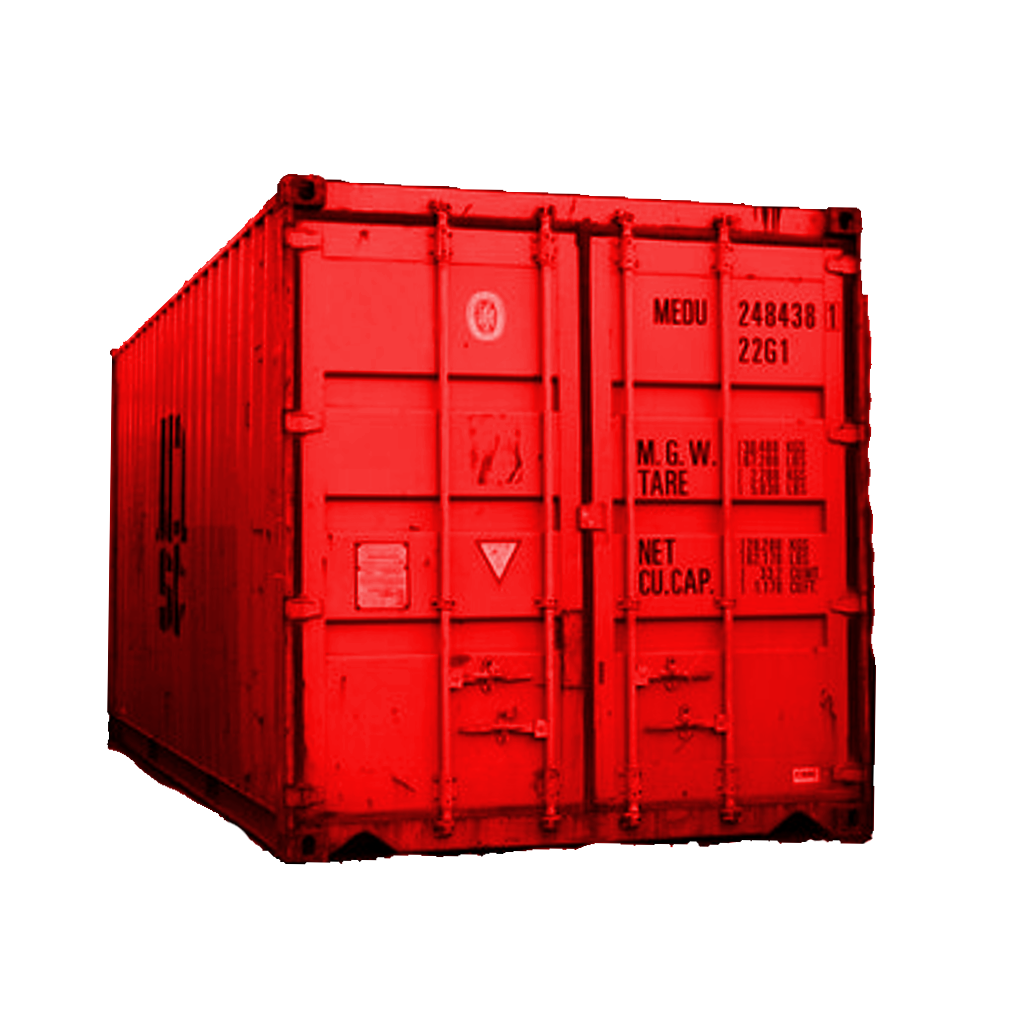The container vessel is an essential part of the system and port designs should go hand-in-hand with the vessel design to gain even further benefits. For example, until now the beam of the vessel has been limited by the outreach of the ship to shore quayside cranes at the destination ports. This has placed an artificial restriction on the vessel designers. The new system decouples the ship from the crane as additional width on an overhead portal crane is structurally far easier to achieve than on a cantilever, so the berth can be made wide enough even to allow for future larger ships. This gives freedom to naval architects to develop vessels with optimum length / beam / depth to maximise efficiency through the water, or even to adopt wider, shallower profiles for routes with ports that find dredging too costly.
Using a mix of indented berths for the largest vessels interspersed with conventional berths for smaller feeder vessels, the terminal can have a more compact shape. More efficient use can be made of the coastal land with more cargo throughput achieved in a smaller area. This will benefit the increasing number of ports that are in places where growth has become restricted either because of environmental sensitivity of the coastal strip or constraining urban development surrounding the port.
Other benefits include:
- Shorter distances between the largest vessels and the on-shore container stacks resulting in shorter journeys on shore with fewer horizontal container movers and less congestion.
- Faster ship turn-around meaning that fewer ships are needed in the world fleet.
- Improved safety with the crane leg set back from the quay edge, thus eliminating the risk of ship / crane collisions.
- Quayside construction is more efficient with only one crane rail within the structure and smaller foundation loads per spreader.
- Cranes can operate at slower speeds with resulting improved maintenance profile and fatigue life. The crane can operate single, twin or tandem spreaders.
| ← The Solution | Conclusion → |

